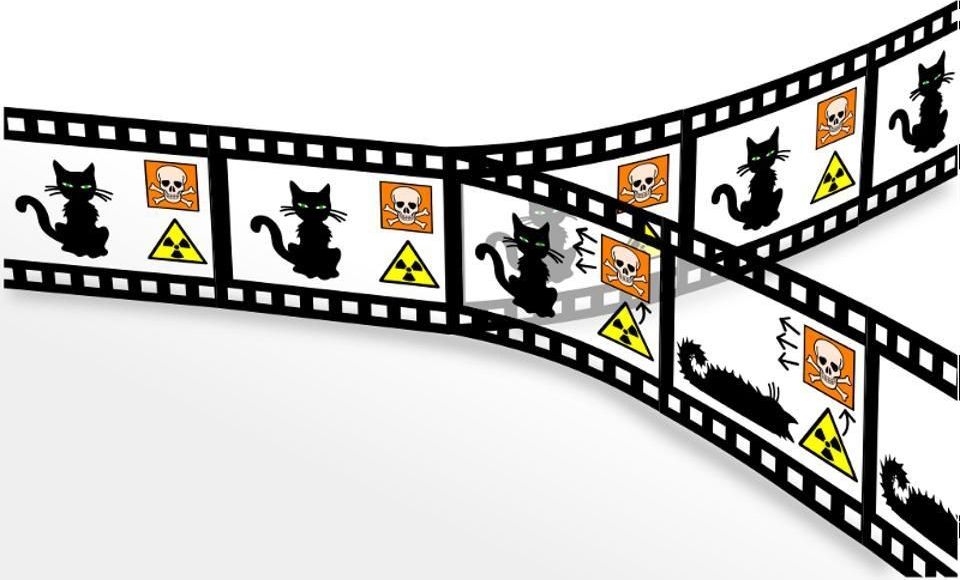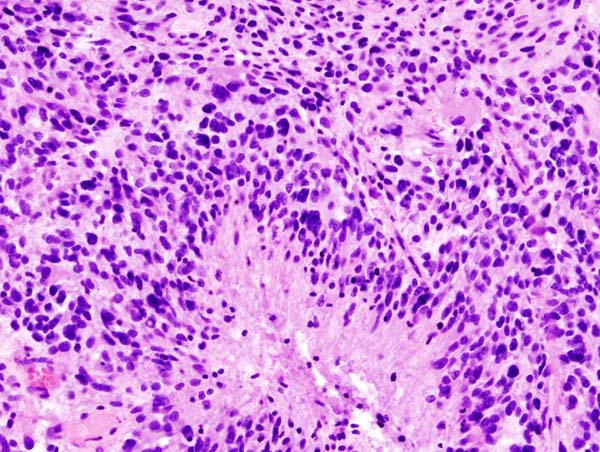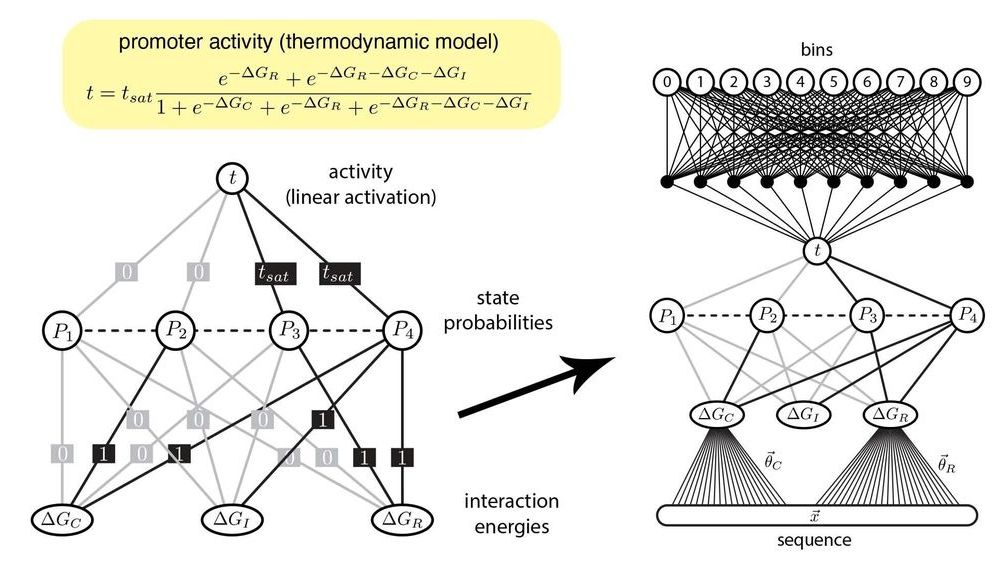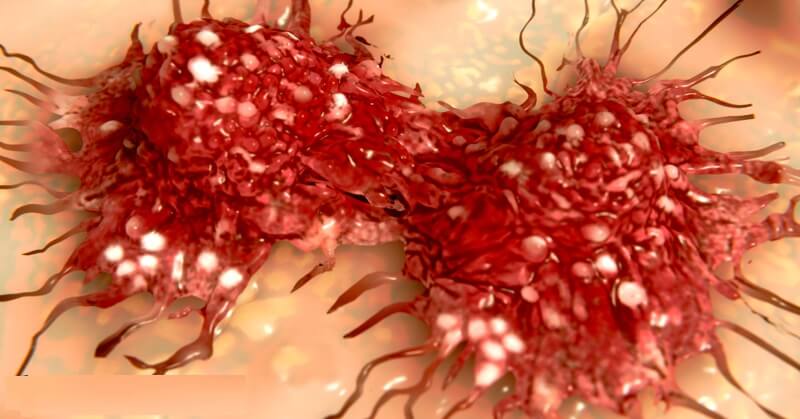Four-wheeled vehicles with integrated action cameras may be remote-controlled and could provide an alternative to drones and hand-held cams.



It turned out that laser can actually regenerate damaged teeth. Credit: Hashem Al-Ghaili.
To start, Volvo’s Vera will ferry goods from a logistics center to a port in Gothenburg, Sweden. But more Veras will eventually mean fewer trucking jobs.



Lab-grown brain organoids developed from a patient’s own glioblastoma, the most aggressive and common form of brain cancer, may hold the answers on how to best treat it. A new study in Cell from researchers at Penn Medicine showed how glioblastoma organoids could serve as effective models to rapidly test personalized treatment strategies.
Glioblastoma multiforme (GBM) remains the most difficult of all brain cancers to study and treat, largely because of tumor heterogeneity. Treatment approaches, like surgery, radiation and chemotherapy, along with newer personalized cellular therapies, have proven to slow tumor growth and keep patients disease-free for some periods of time; however, a cure remains elusive.
“While we’ve made important strides in glioblastoma research, preclinical and clinical challenges persist, keeping us from getting closer to more effective treatments,” said senior author Hongjun Song, Ph.D., Perelman Professor of Neuroscience in the Perelman School of Medicine at the University of Pennsylvania. “One hurdle is the ability to recapitulate the tumor to not only better understand its complex characteristics, but also to determine what therapies post-surgery can fight it in a timelier manner.”

In this age of “big data,” artificial intelligence (AI) has become a valuable ally for scientists. Machine learning algorithms, for instance, are helping biologists make sense of the dizzying number of molecular signals that control how genes function. But as new algorithms are developed to analyze even more data, they also become more complex and more difficult to interpret. Quantitative biologists Justin B. Kinney and Ammar Tareen have a strategy to design advanced machine learning algorithms that are easier for biologists to understand.
The algorithms are a type of artificial neural network (ANN). Inspired by the way neurons connect and branch in the brain, ANNs are the computational foundations for advanced machine learning. And despite their name, ANNs are not exclusively used to study brains.
Biologists, like Tareen and Kinney, use ANNs to analyze data from an experimental method called a “massively parallel reporter assay” (MPRA) which investigates DNA. Using this data, quantitative biologists can make ANNs that predict which molecules control specific genes in a process called gene regulation.
Researchers have developed the world’s most precise clock!
